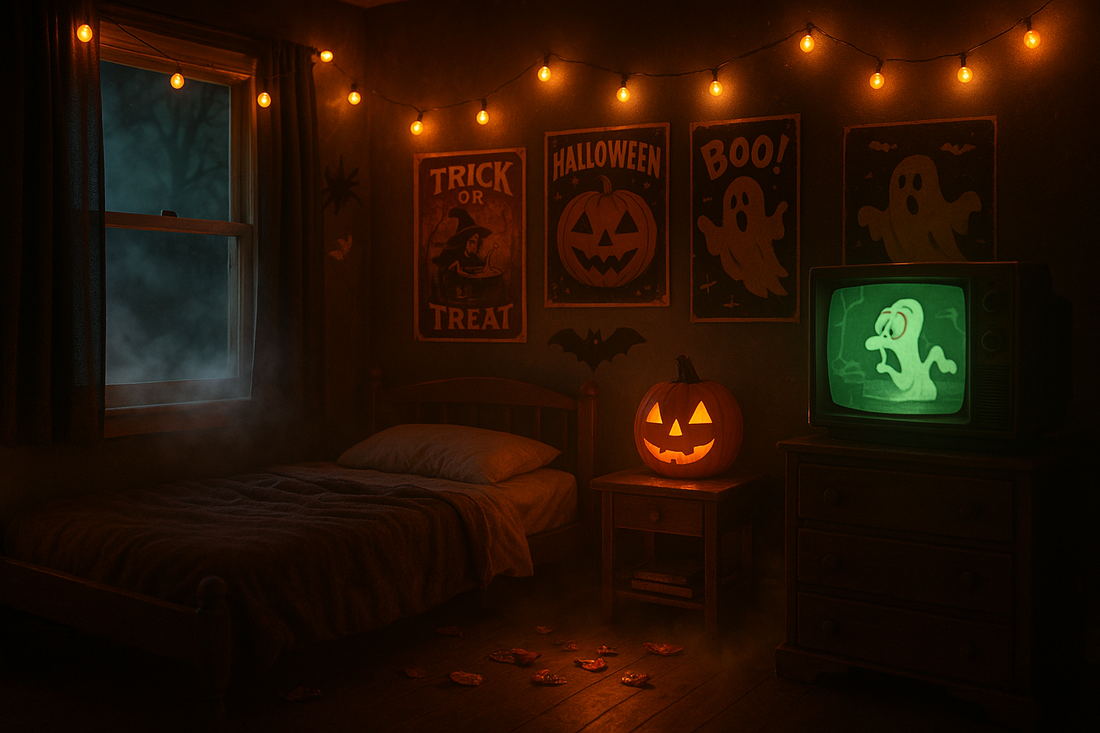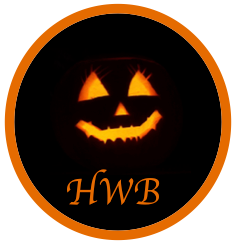
How to Capture Spooky Content That Goes Viral
Share
In a world where content floods every scroll and swipe, crafting Halloween content that actually goes viral requires more than just a pumpkin filter or fog machine. It demands emotionally-charged imagery, cultural nostalgia, and immersive storytelling that grabs your audience by the throat—in the best way possible. If you’re a creator looking to master the spooky season, this is your spellbook.
1. Start with a Deeply Relatable Concept
Viral spooky content almost always taps into shared emotions: fear, nostalgia, mystery, or humor. Before you even open your camera app, ask yourself:
• What emotion do I want to evoke?
• Who am I speaking to—90s kids? Horror junkies? Casual Halloween lovers?
• What “spooky archetype” does this fall into (creepy, cozy, retro, satirical)?
Once you ground your idea, tie it to a familiar setting—like waking up in a 90s Halloween classroom, or walking past a haunted motel from the 70s. This makes the content instantly recognizable while letting your creative direction shine.
2. Use Storytelling Over Shock Value
Instead of relying solely on scary visuals, think of each piece of content like a mini horror short or urban legend. Use a POV format, a mysterious voiceover, or a short narrative that builds tension.
Some effective structures:
• “Waking up in…” reels showing a spooky world through the eyes of the character.
• ASMR horror stories with immersive sound design.
• Dialogue-led reels like “Am I the Trick or the Treat?” that blend humor and spookiness.
Every post should leave your audience saying: “I need to watch that again.”
3. Leverage Nostalgia and Specific Eras
One secret to virality? Targeted nostalgia. People love content that transports them back in time—especially to the Halloween vibes of their childhood.
Try:
• Recreating scenes from specific years (e.g. “Waking up on Halloween Morning, 1993”).
• Referencing old Halloween commercials, Goosebumps episodes, or Blockbuster nights.
• Decorating a 2000s McMansion, an 80s ski lodge, or a 1970s haunted motel.
The more detailed and accurate the aesthetic, the more likely your content is to be shared. Pull from vintage Sora prompts or design references to enhance believability.
4. Shoot in Layers: Visuals, Sound, and Vibe
What makes spooky content go viral is immersion. Your audience should feel like they’re in the scene. Here’s how to layer your content for maximum impact:
Visuals:
• Use cinematic lighting (dim, flickering, candlelight).
• Incorporate fog, silhouettes, shadows, and neon signage.
• Focus on eerie details: jack-o’-lanterns glowing in snow, VHS tapes next to Halloween candy, masks tossed on a bed.
Sound Design:
• Add subtle ASMR textures like creaking floorboards, whispers, wind howls.
• Use retro Halloween music, synthwave horror tracks, or eerie ambient sounds.
• Match motion to sound (door creaks as someone walks through, thunder during a scream).
Vibe:
• Use captions that feel like taglines to a horror film or ghost story.
• Keep your editing slightly off-kilter to disorient viewers in the best way.
• Don’t reveal too much—mystery makes people rewatch.
5. Optimize for Reels, Not Just Content
Even the scariest video won’t go viral if no one sees it. Consider the platform algorithm and viewer behavior:
• Hook in the first 2 seconds. Use movement, a jump scare, or an intriguing caption.
• Keep it short. Under 30 seconds tends to perform better.
• Use green screen overlays (like a TV playing an old Halloween special).
• Use trending spooky audio or layer your own mix if you’re building a brand vibe.
6. Include Calls to Action that Feel Organic
“Watch ‘til the end,” “Tag a friend who lived this,” or “This unlocked a Halloween memory…” can make all the difference in engagement.
Other ideas:
• Ask viewers what year they think the scene takes place.
• Encourage people to share their own spooky story in the comments.
• Include polls or questions in your captions or stories.
7. Batch Content Ahead of Time
If you’re serious about going viral during the Halloween season, consistency matters. That’s why creators who win during October start prepping in August or earlier.
Try batching:
• 10-15 visual scenes using Sora
• 5-10 short narrations with Kling
• 7+ captions or monologue scripts
• A/B testing intros for the same video
8. Tap Into Viral Formats and Trends
Don’t ignore what’s trending. Instead, Halloween-ify it.
Examples:
• Turn popular POV trends into spooky experiences (e.g. “POV: You wake up in the haunted motel room your parents warned you about”).
• Add jump scare endings to aesthetic videos.
• Remix nostalgic content with current trending audio or filter effects.
